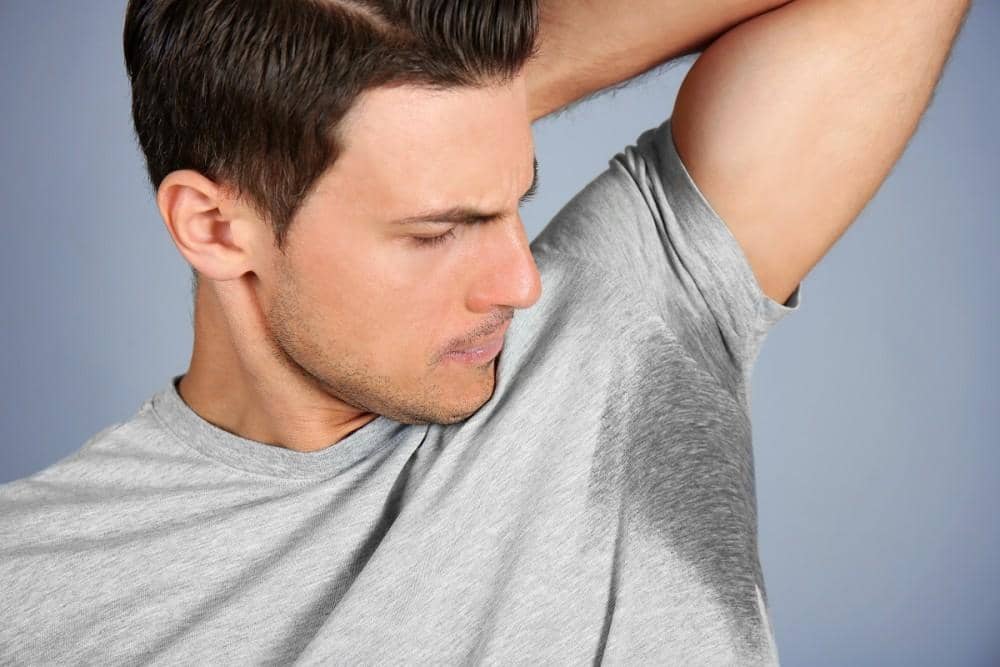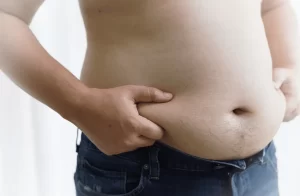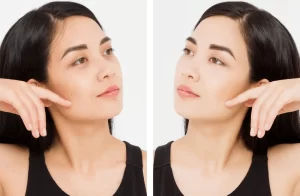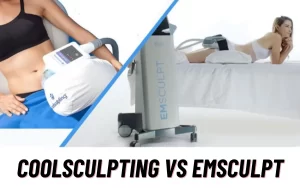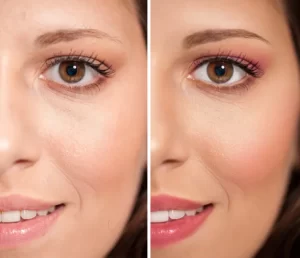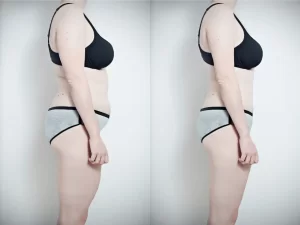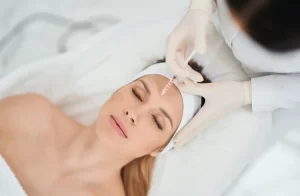Hyperhidrosis is the medical term for excessive sweating, and it can be embarrassing. Fortunately, we have treatments that can help. Check out this post to learn more.
Sweating is your body’s natural way of cooling down in hot environments or when it heats up during exercise. But for some people, sweating is extreme, occurring even in cooler environments and without physical activity.
This condition is called hyperhidrosis, and without treatment, it can wind up affecting your life in significant ways. Fortunately, today there are treatment options to help. The key is working with an experienced doctor who can customize a treatment plan.
At Adult and Pediatric Dermatology of Forest Hills, Michael Paltiel, MD, John A. Perrotti, MD, Zina Goldvekht, PA-C, Parth Patel, MD, and Aleksey Babakhanov, FNP, help people in the Forest Hills neighborhood of Queens, New York, find relief from excessive perspiration with hyperhidrosis treatment aimed at controlling sweating and restoring comfort and confidence. Here’s how we can help.
Hyperhidrosis: Symptoms and risk factors
Hyperhidrosis affects about 5% of Americans, or more than 16 million people, according to the latest prevalence data. It can be divided into two main types: primary hyperhidrosis and secondary hyperhidrosis.
Primary hyperhidrosis occurs in the same areas on both sides of your body (bilaterally symmetrical), and it’s not associated with underlying conditions like a stroke or medication use. Typically, people with primary hyperhidrosis have excessive sweating in specific “localized” areas, like:
- Their palms
- The soles of their feet
- Their underarm areas
- Their face and head area
Primary hyperhidrosis often develops during the teen years or young adulthood, and it can be inherited, which means you may have a parent or other close family member who also has hyperhidrosis.
Secondary hyperhidrosis can be widespread or occur in a specific, localized area. Unlike primary hyperhidrosis, which occurs on its own, secondary hyperhidrosis is usually associated with an underlying medical issue, like a gland disorder, menopause, cardiovascular disease, or medication.
Managing hyperhidrosis
Our team uses a custom approach to hyperhidrosis treatment, typically beginning with conservative treatment options, like:
- Lifestyle changes
- Prescription creams or antiperspirants
- Antidepressant medications
- Nerve-blocking medications
These options may be suggested initially for more widespread hyperhidrosis.
Botox injection therapy is another conservative treatment that works well for many people, especially those with more focalized sweating. These injections temporarily block communication between nerves and sweat glands in specific areas, like your underarms, preventing the glands from releasing sweat. Injections need to be repeated every 4-6 months to remain effective.
When these conservative options aren’t effective, our team may suggest other options, like:
- Microwave therapy
- Nerve surgery
- Sweat gland removal
These options result in the permanent reduction of perspiration by removing the glands or the nerves that control them or by “disabling” the glands using microwave energy.
If you have secondary hyperhidrosis caused by an underlying medical issue or medication, we may suggest optimizing the management of that condition or changing the medication you’re using to see if that helps.
Find a solution that works for you
Regardless of what causes your hyperhidrosis, the effect on your life can be dramatic. To learn how we can help you manage your symptoms and feel more comfortable and confident, call 718-896-3376 or book an appointment online with the team at Adult and Pediatric Dermatology of Forest Hills today.

